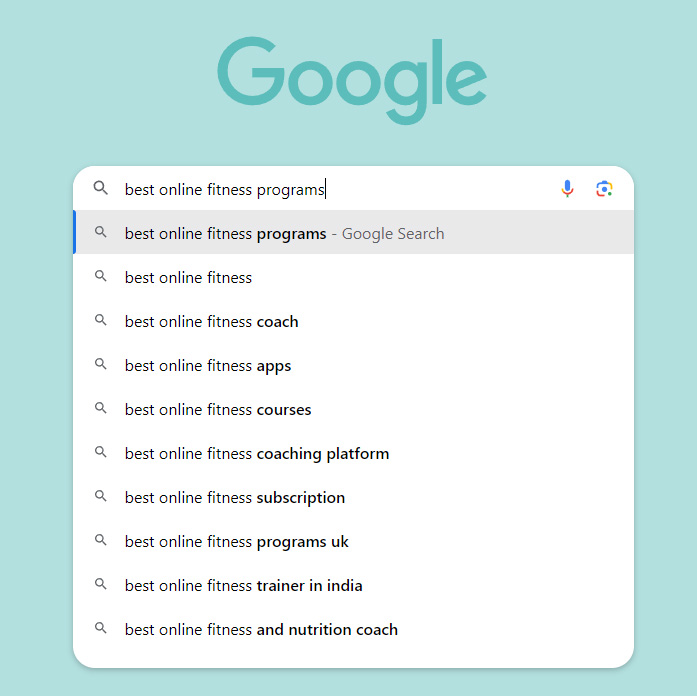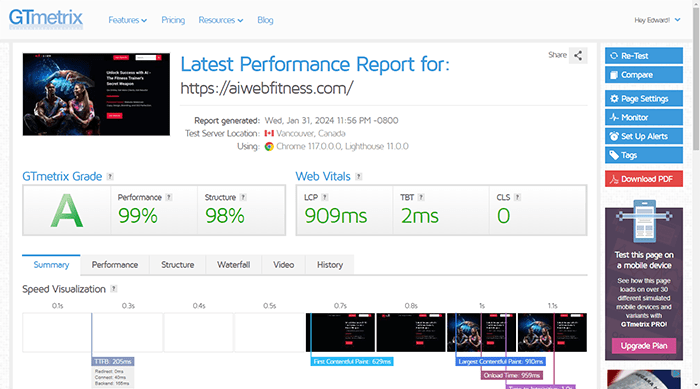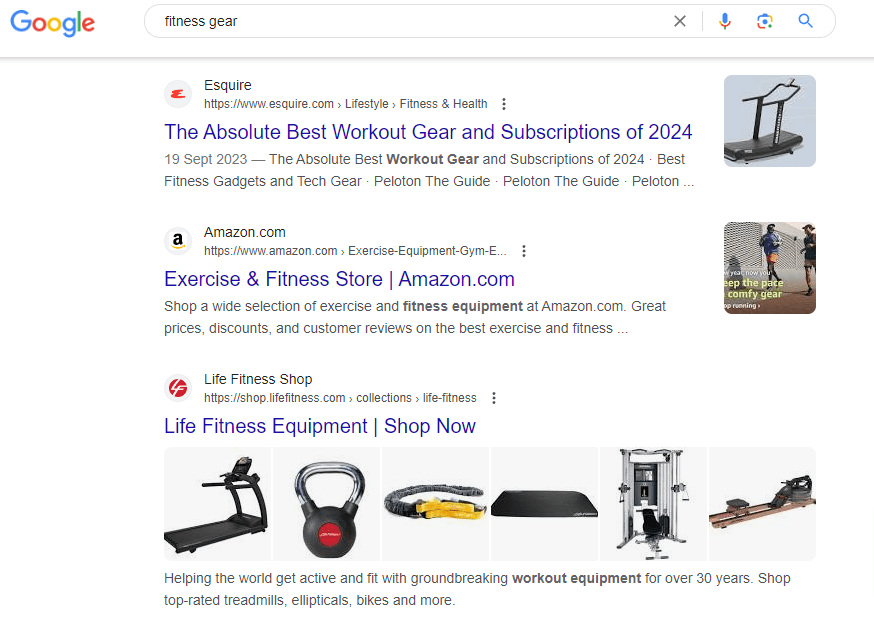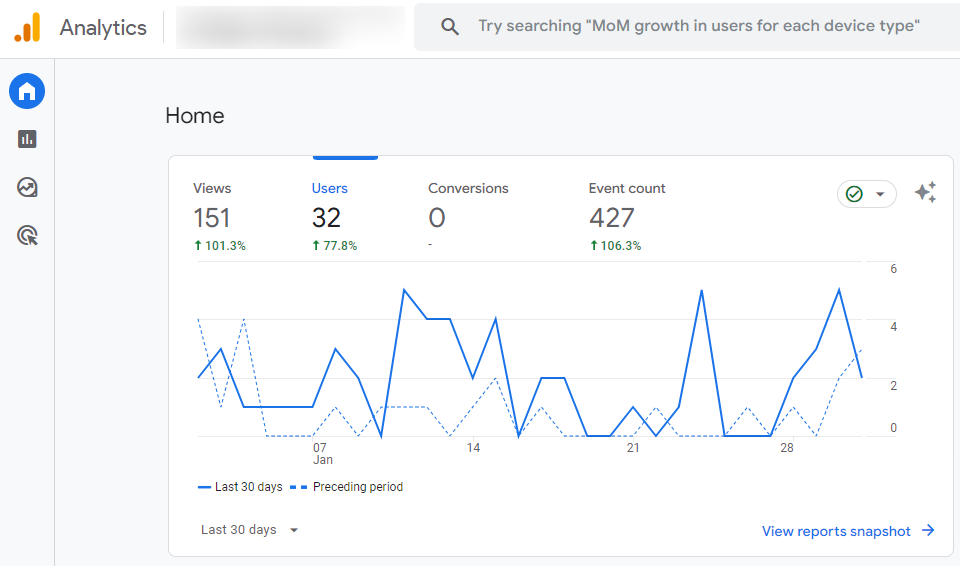Introduction to SEO Principles
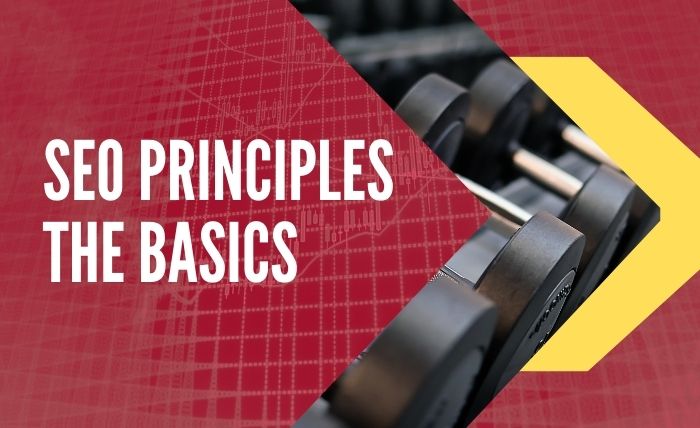
Ever felt like your fitness blog is a tiny fish in a giant digital ocean?
SEO principles to the rescue!
Let’s dive into why mastering it is like having a gym membership for your website.
Pumping Iron with SEO: Why It’s a Game-Changer
Think of the digital age as a crowded gym, where every personal trainer is vying for attention.
Without SEO, your website is like that shy newbie lifting weights in the corner.
Important, but easily overlooked.
These principles are your personal trainer, guiding you to bulk up your online presence and get noticed.
They’re not just fluff; they’re the real deal in making your site stand out.
Flexing Your Website
Now, what exactly are these principles? Imagine them as your workout plan: a mix of exercises (or tactics) tailored to boost your website’s health.
From keyword optimization (picking the right weights) to quality content (consistent training), these principles are your roadmap to digital fitness.
They’re not overnight miracles but stick with them, and you’ll see your site climbing those Google ranks faster than you can say “protein shake.”
So, whether you’re just starting your online personal training journey or looking to level up, remember: a sprinkle of these principles and best practices can go a long way.
It’s about making your website as fit and visible as possible, one step at a time. Ready to make your site the buffest on the block?
Let’s get to work!
Basic SEO Fundamentals

Getting into the world of SEO principles can feel like learning a new language, right?
Especially if you’re kickstarting your journey as a personal trainer online.
If that’s you – I have some good news.
SEO isn’t as daunting as it sounds.
In fact, it’s your secret weapon to getting noticed in the vast online fitness world.
The Art and Science of Keyword Research
Ever wondered why some websites pop up first on Google?
It’s all thanks to keywords, the bread and butter of SEO.
Think of keyword research like fishing; you need the right bait to attract your desired catch.
For personal trainers, this means using terms your potential clients are searching for, like “best online fitness programs” or “home workout plans.”
It’s a blend of intuition and analytics, ensuring your content is both discoverable and engaging.
Integrating these keywords into your content shouldn’t feel forced.
Imagine you’re having a chat with a friend about fitness.
That natural flow is what you’re aiming for.
And don’t forget to sprinkle some magic on your titles and meta descriptions.
They’re like the window display of your online shop, enticing people to come in and explore.
Crafting High-Quality Content
Now, let’s talk about content.
Not just any content, but the kind that makes your readers go, “Wow, I needed this!”
It’s about more than just tips and tricks; it’s about creating value that sticks.
Engaging content isn’t just good for your audience; it’s a big thumbs up from Google too.
And remember, the world of fitness is always evolving, so keep your content fresh and up to date.
It’s like refreshing your workout routine to avoid hitting a plateau.
Designing for the User First
Ever left a website because it took forever to load?
That’s a big no-no in the SEO world.
User experience, or UX, is a huge deal.
It’s all about making your website a pleasant place to visit, from speedy loading times to easy navigation, especially on mobile.
A happy visitor is more likely to stick around, and that’s good news for your SEO rankings.
Keyword Density and Beyond
Keyword stuffing is like overdoing it on the treadmill; it does more harm than good.
A sprinkle of keywords throughout your content is enough to get the job done.
And let’s not forget about those behind-the-scenes heroes like alt text for images and SEO-friendly URLs.
They might not be front and center, but they play a crucial role in boosting your site’s visibility.
Title Tags and Meta Descriptions: Your Frontline Warriors
Think of title tags as the headline of your newspaper article.
They need to be catchy yet relevant.
And those meta descriptions?
They’re your elevator pitch, convincing users to click through to your content.
Both are essential tools in your SEO arsenal, helping to sell your content before readers even reach your page.
Embracing SEO is like embarking on a fitness journey.
It requires patience, consistency, and a bit of know-how.
But the results?
Totally worth it.
By focusing on keyword optimization, high-quality content, and a stellar user experience, you’re setting yourself up for success.
And remember, SEO isn’t a one-time deal. It’s an ongoing process, much like maintaining a healthy lifestyle.
So keep learning, adapting, and optimizing. The top of the search results page awaits!
Understanding the Basics of Technical SEO
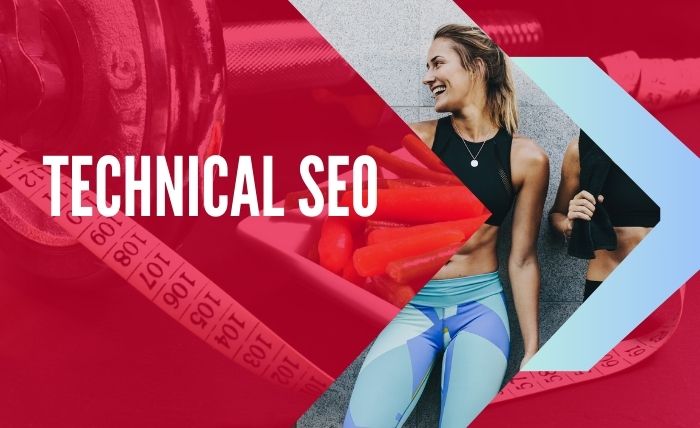
Why Technical SEO Matters
Let’s start with Technical SEO.
Imagine your website is like a gym – if the equipment is hard to find or use, people leave.
That’s what happens when your website’s structure is a mess.
A well-organized site helps Google understand and rank your content.
In simpler words, it’s like having clear signs in your gym directing people to the treadmills or free weights.
Creating a User-Friendly Site Structure
Think of your website as a map of your fitness journey.
Each page should lead to another, logically.
If you’re talking about weight loss on one page, link to your diet tips on another.
This isn’t just for Google’s sake – it’s for your visitors, too.
Easy navigation equals a happy visitor (and potentially a new client!).
On-Page Elements: Your Digital Workout Regimen
Just like how every rep counts in a workout, every element on your webpage matters for SEO.
Title Tags and Meta Descriptions: Your First Impression
First, title tags and meta descriptions are like the front desk staff at your gym – they greet and inform newcomers.
These should be clear, catchy, and tell Google exactly what your page is about.
Remember to include keywords but keep it natural.
No one likes that guy who’s always name-dropping!
Headers and Alt Text: The Unsung Heroes
Headers break down your content into digestible pieces – think circuit training but for reading.
And alt text for images?
That’s like having someone describe the exercise when you can’t see the trainer doing it.
It helps Google understand the images on your site.
Speed: The Fast Track to Better Rankings
Ever been annoyed waiting for a slow-loading video?
That’s how visitors feel about slow websites.
Why Speed is a Big Deal
Page speed is crucial.
A fast-loading site holds visitors’ attention and reduces bounce rates.
It’s like having a smoothie bar in your gym – quick, convenient, and keeps clients happy.
Tools to Pump Up Your Page Speed
Now, improving speed might sound technical, but it’s not rocket science.
Tools like Google PageSpeed Insights and GTMetrix can show you where you need to improve.
Think of it as a fitness tracker for your website.
Sometimes, just optimizing images or upgrading your hosting can make a huge difference.
In the end, think of Technical SEO as the backbone of your website’s health and performance.
Just as a solid foundation in fitness principles leads to peak physical condition, a strong grasp of Technical SEO sets the stage for your online presence to thrive.
It’s not just about ticking boxes; it’s about creating a seamless, enjoyable experience that keeps users coming back for more.
So take the time to get these technical aspects right, and watch as your site climbs to the top of the rankings, much like the satisfaction of reaching a personal best in your fitness journey.
Keep pushing forward, stay patient, and the results will come.
Rank Higher, Faster with Link Building Strategies
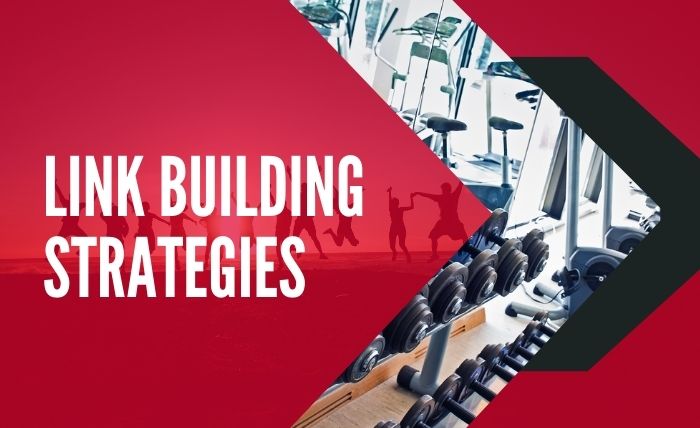
Internal and External Links: Your Path to SEO Success
Ever scratched your head wondering why your fitness blog isn’t getting the eyeballs it deserves?
If that’s you, I’ve got some good news!
The secret sauce might just be in your link building strategies. Let’s dive in, shall we?
Understanding the Muscle and Bone of Your Site: Internal Links
Think of your website as your body.
The internal links?
They’re like the muscles and bones that keep everything connected and strong.
Internal linking isn’t just about navigation; it’s about giving your content a robust structure that search engines love.
It’s like telling Google, “Hey, check out how all my content works out together!”
But here’s a fun fact: not all pages need to flex in the search engine rankings.
Some, like privacy policies or terms and conditions, are like the backstage crew at a fitness competition.
Necessary, but not the main event.
That’s where noindex comes in handy.
It’s like giving these pages a day off, so they don’t have to show up in search results.
Reaching Out for a Spot: Building External Backlinks
Now, let’s talk about making friends, or in SEO terms, building external backlinks.
Imagine each backlink as a nod from another coach saying, “This person knows their stuff.”
Quality is key here.
You want the cool, reputable fitness influencers linking back to you, not some shady, corner-cutting gym.
And how do you ask for that spot without being awkward?
Anchor text!
That’s the clickable text in a hyperlink.
Instead of a bland “click here,” spice it up with something relevant like “ultimate kettlebell workouts.”
It’s like wearing a snazzy outfit to a fitness expo; it gets you noticed.
Navigating the Do’s and Don’ts of Link Equity
Here’s a little insider tip: not all links are created equal.
Some you want to share the love with, and some, well, you’d rather not.
Enter nofollow links.
These are like saying, “Thanks for the mention, but let’s keep our workout routines separate.”
Use them for links to sites where sharing your SEO juice doesn’t make sense or benefit you.
Tackling Common Link Building Challenges
I hear you.
“This sounds great, but where do I even start?” or “What if I mess up?”
First off, breathe.
Link building is a bit like starting a new workout regime.
It might feel daunting at first, but with the right approach, you’ll see results.
Issue: Overwhelmed by the Thought of Link Building?
Solution: Start small.
Link to your top blog posts within your newer content.
It’s like introducing your new gym buddies to the veterans.
Simple, effective, and it builds a strong community, or in this case, website.
Issue: Struggling to Get Quality Backlinks?
Solution: Think of it as networking.
Reach out to fellow fitness bloggers or local gyms for guest posting opportunities.
Offer value, not just a request for a link.
It’s like swapping workout tips; both parties benefit.
Building Links with SEO Principles for Success
Link building is a long run, not a dash.
It’s about creating a web of connections that boost your site’s visibility and credibility.
So, lace up your SEO sneakers and start building those internal and external links.
Before you know it, you’ll be racing up the search engine rankings, leaving your competitors struggling to keep up.
And if you stumble along the way?
That’s okay.
Every misstep is a learning opportunity, leading you one step closer to your goal.
Top Proven Strategies to Link Your Site with Quality Backlinks

Getting good quality backlinks to your site might seem like a daunting task, but it’s totally doable with the right approach!
Let’s dive into some tried-and-true strategies that can help you boost your site’s visibility and credibility.
1. The Skyscraper Technique
This is all about finding popular content within your niche and creating something even better.
Once you’ve got your stellar content, reach out to the folks who linked to the original piece and show them your improved version.
The idea is to make your content so irresistible that they’ll want to link to yours instead.
2. Guest Blogging
Offer to write posts for other sites in your industry.
This not only gets your name out there but allows you to sneak in a few links back to your own content.
However it need to adds value to the article you’re guest blogging on.
3. Help Out a Reporter (HARO)
Platforms like HARO connect journalists with sources.
If a journalist picks your pitch, you could get a backlink from a high-profile publication.
Just make sure your contributions are insightful and relevant.
4. Competitor Link Analysis
Snoop around to see where your competitors are getting their backlinks from.
If a site is linking to them, there’s a good chance they might be interested in your content as well.
Tools and references that you can use to learn how to do competitor link analysis:
5. Create Engaging Visual Content
Infographics, charts, and other visual content are link magnets.
People love to share visually appealing and informative graphics, which can lead to natural backlinks.
6. Publish Original Research
If you’ve got the resources, conducting and publishing original research can be a goldmine for backlinks.
When others reference your findings, they’ll likely link back to your site.
7. Build Useful Tools or Resources
Free tools, templates, or comprehensive guides related to your industry can attract a ton of backlinks.
People love free resources, especially when they’re useful.
8. Testimonials and Reviews
Writing testimonials for products or services you use can also earn you a backlink.
What more, if the company decides to feature your testimonial on their site.
Remember, backlink building is about providing value.
Whether it’s through jaw-dropping content, helpful tools, or insights in a guest post, the key is to make others want to link to your site.
It enhances their own content or resource offerings.
It might take some time and effort, but the payoff in SEO and site authority is well worth it.
Keep at it, and you’ll start seeing those backlinks roll in!
Advanced SEO Tactics: Elevate Your Game

Structured Data and Schema Markup: Your New Best Friends
Ever scratched your head wondering why some websites just pop in search results with star ratings, prices, and even fancy little breadcrumbs?
Structured data and schema markup are the magicians behind the curtain.
Think of them like the secret ingredients that make your website’s dish irresistible to Google’s taste buds.
They help search engines understand the content of your site, making it easier for them to display it in an eye-catching way.
If that sounds like a foreign language, don’t worry—I’ll break it down for you.
Leveraging Structured Data for Richer Search Results
Structured data is like your website’s resume.
It highlights the important bits so search engines can easily read and understand what your site is all about.
By using this, you’re not just in the game; you’re playing to win.
It’s about giving Google exactly what it needs to showcase your site in the best possible light.
Ever seen those snippets with ratings or recipes right in the search results?
That’s structured data at work, making sites stand out in the sea of search results.
Implementing Schema Markup for Better Indexing
Schema markup is a bit like using sticky notes to highlight the key points in a textbook.
It points search engines to the most important parts of your site, making sure they notice and understand them.
Adding schema markup to your site can feel like doing a high-five with Google.
It’s a way of saying, “Hey, check this out!” It’s not just about being seen; it’s about being recognized for what you offer.
Local and Social SEO: The Neighborhood Heroes
In the world of SEO, going local and social isn’t just nice—it’s necessary.
Whether you’re a personal trainer or a local bakery, your online presence in your community can make or break your business.
Here’s how to make sure you’re the talk of the town (in a good way).
Strategies for Dominating Local SEO
Local SEO is your golden ticket to standing out in your community.
It’s like planting your flag in the digital world and saying, “I’m here, and I’m awesome.”
Claiming your Google My Business listing is step one.
From there, it’s all about collecting those sweet, sweet reviews and making sure your site screams local charm.
Think of it as your digital handshake with potential clients in your area.
The Influence of Social Signals on SEO
If you think social media is just for cat videos and food pics, think again.
Social signals (like shares, likes, and comments) can give your SEO a hearty boost.
It’s like telling search engines, “Hey, people dig this!”
Engaging with your audience on social platforms isn’t just good manners; it’s smart strategy.
It shows search engines that your content is not just relevant but also valuable and share-worthy.
Harnessing Analytics for SEO Triumph
Ever felt like the world of SEO principles is a maze?
If that’s you, I’ve got some good news!
Diving into analytics isn’t just for the data nerds.
It’s your secret weapon to make your website stand out, especially in the competitive field of personal training online.
The Power of Measurement
Let’s talk about utilizing analytics to measure SEO success.
Think of analytics as your fitness tracker for your website.
Just like you wouldn’t train a client without tracking their progress, you shouldn’t run a website without keeping an eye on its performance.
It tells you what’s working (like that killer HIIT session) and what’s not (maybe those 5 a.m. classes aren’t a hit).
Data-Driven Decisions
Now, onto adapting strategies based on data insights.
Ever had a plan that sounded great on paper but just didn’t pan out in real life? We’ve all been there.
The beauty of analytics is that it gives you real-time feedback.
If a certain page or blog post isn’t getting the traffic or engagement you hoped for, analytics will be the first to tell you.
It’s like having a personal coach for your website, guiding you on where to focus your efforts.
Continuous Improvement: The SEO Gym
In the world of personal training, we know that what gets measured gets improved.
The same goes for SEO.
By consistently monitoring your analytics, you’re able to make incremental improvements that add up over time.
Noticed a spike in traffic after using a certain keyword?
Double down on that.
A blog post not performing as well as you hoped.
Time to tweak and test again.
Solutions to Common SEO Hurdles
Let’s face it, hitting roadblocks is part of the game, but it’s how you pivot those counts.
If your analytics show high bounce rates, maybe it’s time to improve your website’s user experience.
Not ranking for your desired keywords?
A deeper dive into keyword optimization and content quality might be in order.
The key is to use data as your guide, not your critic.
Diving into the world of advanced SEO tactics might seem like a leap, but with a clear understanding of structured data, schema markup, local SEO, the power of social signals and analytics, you’re all set to elevate your online presence.
Remember, the goal isn’t just to play the SEO game; it’s to outsmart it.
By integrating these sophisticated strategies, you’re not just aiming for higher rankings—you’re ensuring your site stands out as a beacon of relevance and quality in the digital sea.
So go ahead, embrace these advanced tactics, and watch your site soar to the top with the magic of SEO principles at your side!
FAQs
SEO, or Search Engine Optimization, is all about making your website more visible on search engines like Google.
Think of it as getting your gym listed on the main street instead of a back alley. The better your SEO, the more potential clients can find you when they search for personal training services online.
Absolutely! SEO principles are guidelines that help your website rank higher in search engine results.
This includes using the right keywords, like “personal trainer online,” ensuring your website loads quickly, and providing valuable content that answers your audience’s fitness questions.
It’s like making sure your gym has the right equipment, knowledgeable staff, and a welcoming atmosphere.
SEO isn’t a one-time deal; it’s more like regular exercise for your website. Search engines constantly update their algorithms, and new content is always being published.
Aim to review and update your website at least every few months. It’s like updating your workout routine to keep it effective and engaging.
Start with the basics: ensure your website is mobile-friendly, load times are quick, and your content is engaging and useful. Use keywords naturally in your titles, headings, and content.
Also, getting other reputable websites to link to yours (backlinks) can significantly boost your SEO, similar to getting a shoutout from a popular fitness influencer.
You can use tools like Google Analytics to track your website’s traffic, see where your visitors are coming from, and what keywords are leading them to you.
It’s like tracking your clients’ progress in their fitness journey – it shows you what’s working and what needs tweaking.
While social media is a powerful tool for building your brand and engaging with clients, SEO helps people find you when they’re actively searching for personal training services.
Think of social media as hosting open gym sessions to engage the community, while SEO ensures those looking specifically for a personal trainer can find you when they need one.
SEO is more of a long run than a dash. It can take a few months to start seeing significant changes in your search rankings and website traffic.
Patience and consistency are key, just like with any fitness program.
Conclusion: Nailing Down the Essentials for Lasting Online Success
Wrapping Up the Essentials
You’ve come a long way, diving into the nitty-gritty of making your site stand out.
It’s not just about a checklist; it’s about making those tips work for you, much like how a personalized workout routine brings out the best results.
SEO: A Journey, Not a Destination
Think of SEO like your fitness journey – there’s no “one and done.”
The digital world is ever evolving, and staying on top requires constant tuning and tweaking, much like updating your training methods to keep seeing gains.
Keep Learning, Keep Growing
Feeling swamped is part of the process. Remember, every seasoned pro started as a newbie.
Tackling SEO is like mastering a new fitness regimen – daunting at first but definitely doable with patience and practice.
Stay Agile and Informed
Just as fitness trends evolve, so does the online world.
Staying informed and adaptable is like updating your workout plan – it keeps you competitive and in top form.
Make it a habit to stay in the loop with the latest updates and insights.


